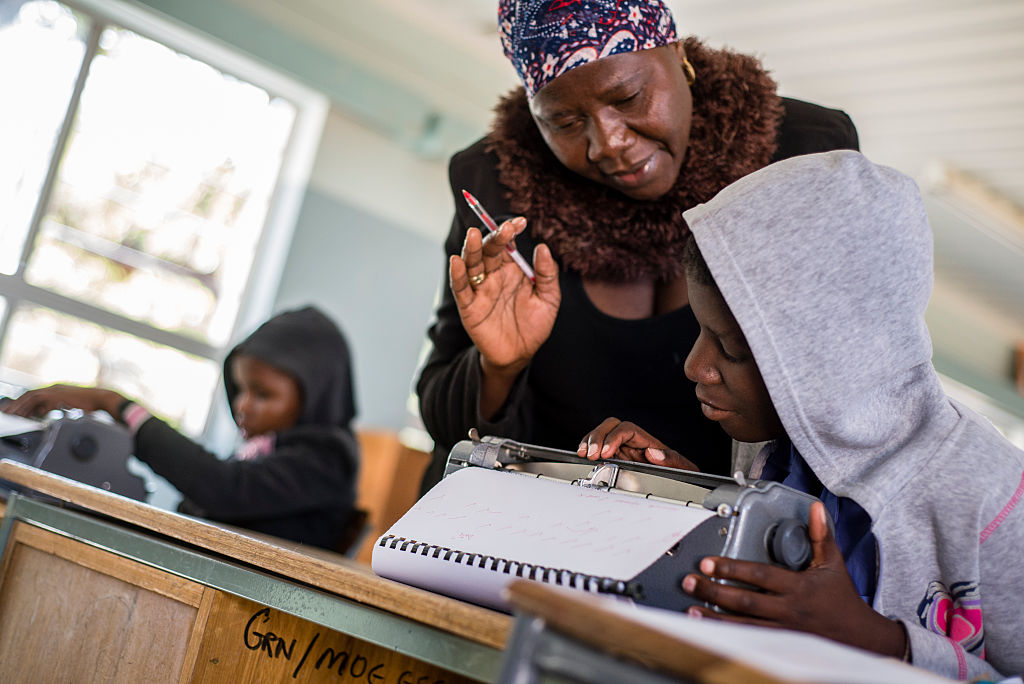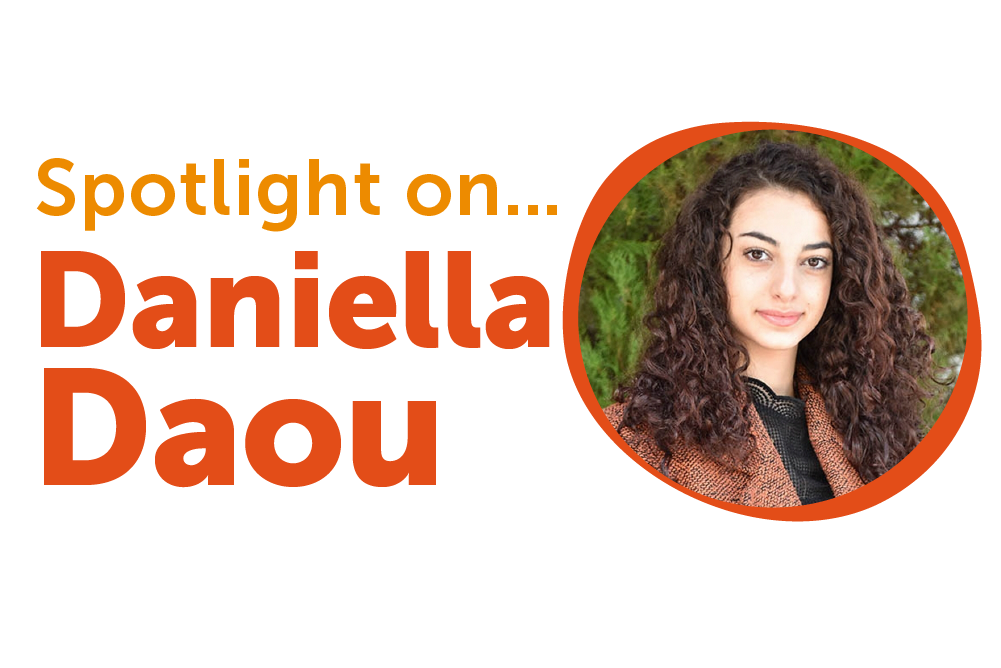
“Children living with a disability are highly disadvantaged – firstly because most parents and guardians lock them up in their houses”
Children with disabilities
Working with one of the best known organisations on disability rights – Action Network for the Disabled – in advocating for decent and quality education for children and persons with a disability, has created a clearer picture of the real meaning of inclusive education to many of the stakeholders and to me.
Many institutions will say that they are inclusive but in a real sense they are integrated instead.
According to the World Health Organization, around 15% of the world’s population – about one billion people – live with disabilities. According to the World Report on Disability, of this group at least one in 10 are children and 80% of them live in developing countries.
This is pretty alarming, right? A sad reality is that women report higher incidents of disability than men. 90% of children living with a disability in developing countries do not attend school, says UNESCO. It is of really great concern since Kenya falls under this category of the developing countries.
With the above statistics, it is clear that people with disabilities are placed in a very tough place to even become independent. Basically, they cannot provide for themselves since education has been denied to them. No education equates to no employment.
With our Kenyan Constitution, UN Convention on the Rights of a Child and UN Convention on the Rights of Persons with Disabilities guaranteeing every child a right to education, it is heartily puzzling that not every child is in school.
Children living with a disability are highly disadvantaged – firstly because most parents and guardians lock them up in their houses. Why? They are a disgrace, a shame and therefore not a swag to walk along with them.
Due to stigma that comes along with having a child living with a disability, parents and guardians opt to leave them at home. Others are even not given enough food. We cannot even mention balanced diet, since the food itself is not available.
If born with a disability at a poverty-stricken family, it is simply owning more than one disability. How society perceives disability has led to heightened cases of stigma, discrimination and thus increased cases of uneducated persons with a disability.
So how can we solve this mess? How can we achieve Sustainable Development Goal 4 of inclusive and equitable quality education and lifelong learning opportunities for all?
Having visited many schools in Kenya, especially Nairobi, I can say that we have a long way to go in establishing an inclusive education system.
Many schools will say that they have pupils living with a disability in their classes, schools etc but my question is: how accessible are those classes? Toilets? Sports ground? Library?
Are ALL teachers educated on handling children living with a disability? Do we have enough materials for hearing and visual impaired in all the schools? For example, Braille machines. Are there ramps and handrails in all these schools?
If the answer to any of these questions is NO, then there is nothing like inclusive education. If you accommodate a child with a disability in a mainstream school, that is just integration.
For inclusive education we need to do certain things – which if keenly handled by the Ministry of Education, educational institutions, schools and pupils themselves, we will applaud ourselves for such huge achievement of SDG 4.
Kenya is one of the fastest-growing economies in the East African region and tackling this goal will not be hard if truly it can sink into our minds that Inclusive education is the prerequisite to development.
Basically what we are lacking is exact relevant data concerning all children and persons living with a disability. There are also no effective policies to address the education needs of every child and person with a disability in accessing not just education but equitable quality education.
And it is of concern to note that, even when educational policies are in place, financing is lacking to build accessible buildings, to purchase accessible facilities, to train all teachers in inclusive education and to scale up successful local pilot programmes to the national level.
It is therefore of great significance our government and other relevant stakeholders to do the following in achieving the UN Sustainable Development Goal 4.
- It is essential that the education systems are changed and new, innovative approaches to fit the specific needs of children with disabilities are brought in.
- The government must put into effect the policies to ensure that all children living with disability attend school, learn and complete their schooling.
- We need to see designed data collection instruments and programmes that take stock of the number of disabled children and persons and elaborate relevant educational programmes to include them in schools.
- There needs to be a collection of better quality data on children with disabilities, especially disaggregated data that explain the different disabilities and impairments as well as the level of severity. This is imperative for effective planning and design of inclusion policies, programmes and interventions.
I strongly believe that, with these recommendations, in the next five years we will be talking about a different, positive story.
More news

